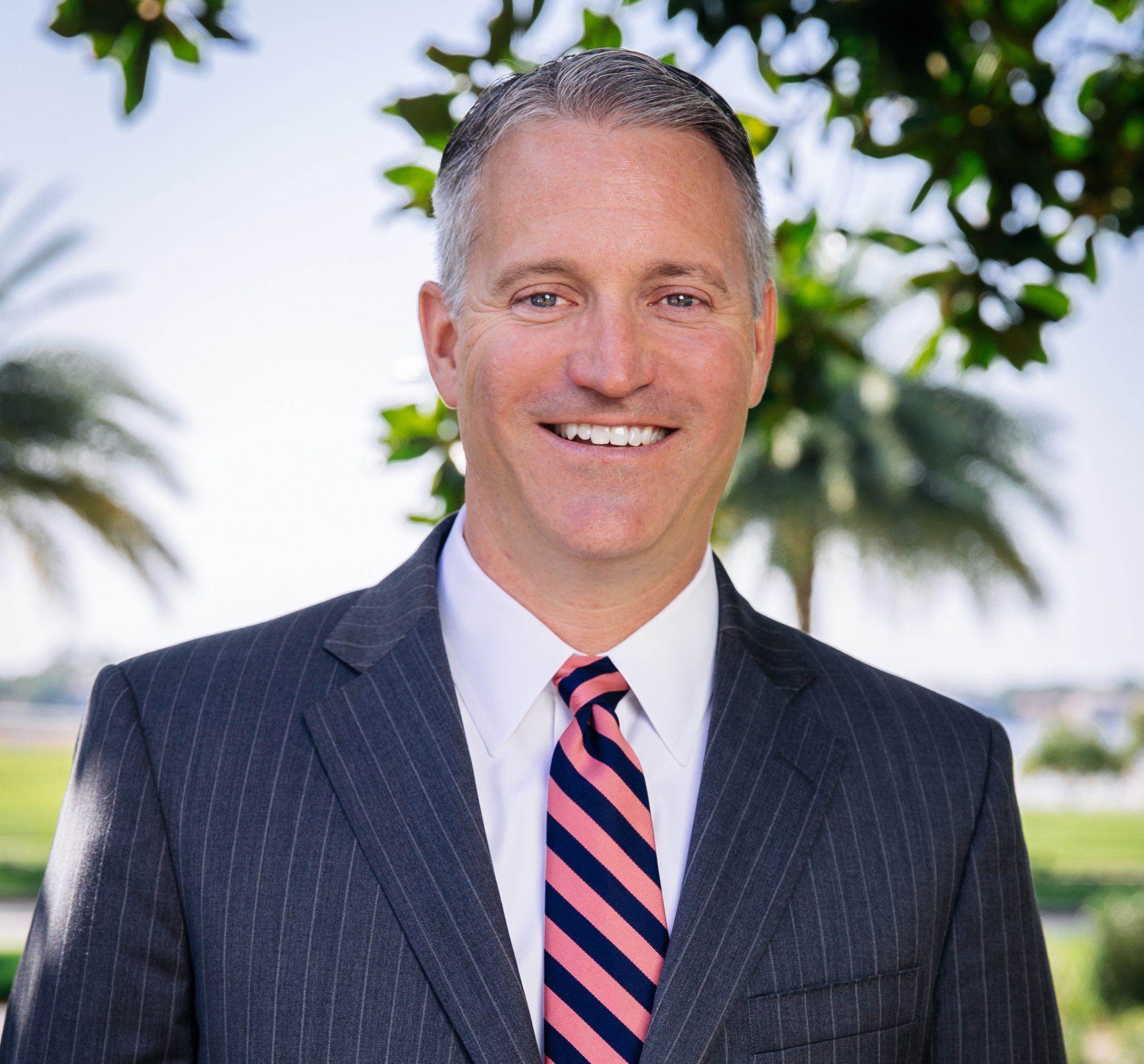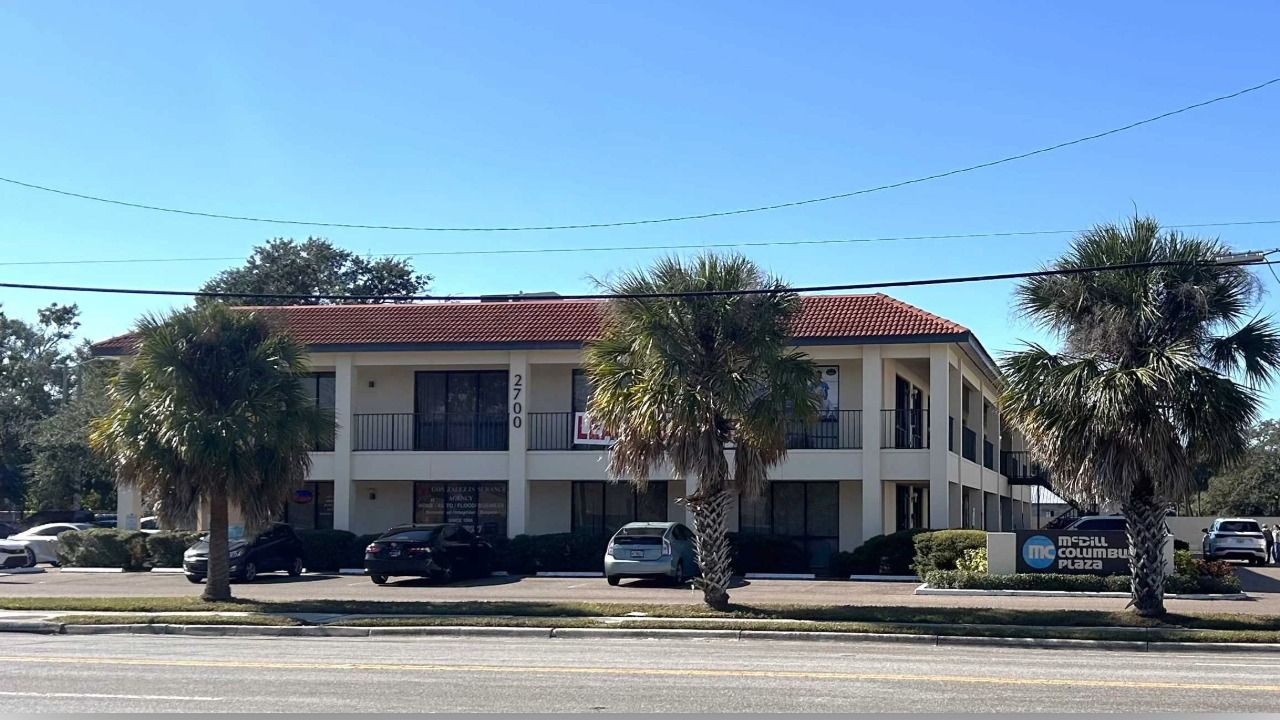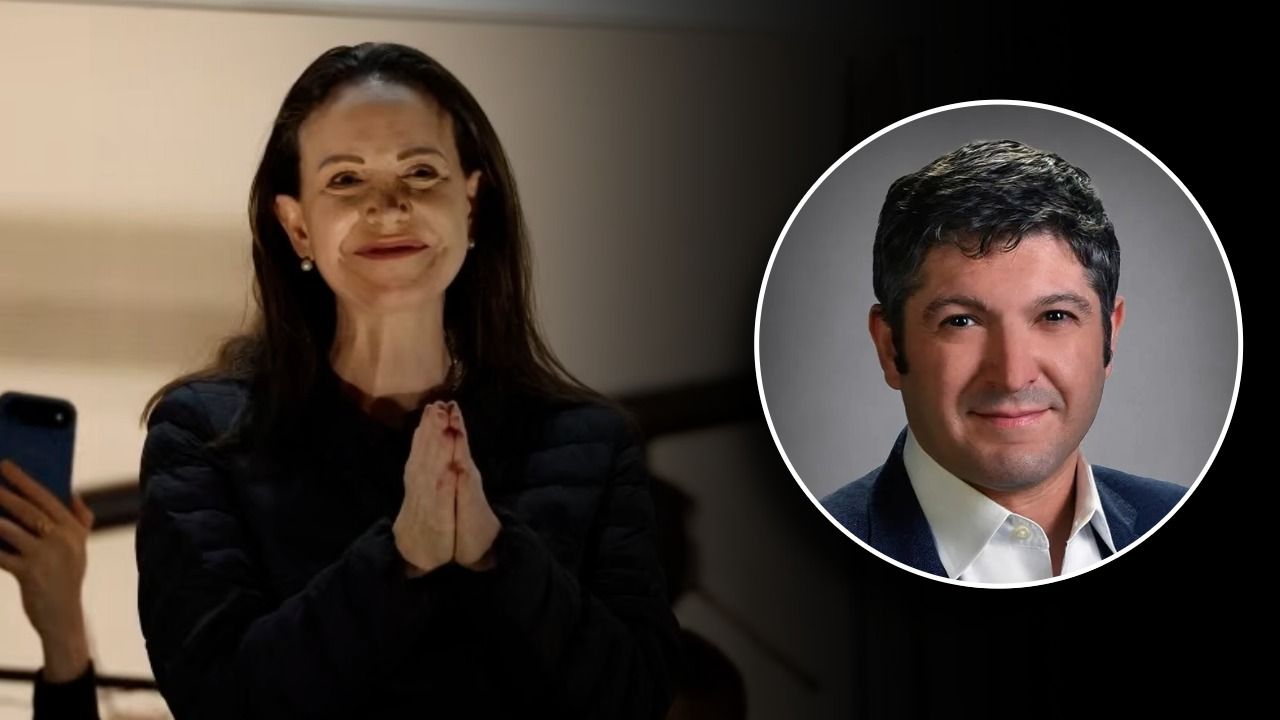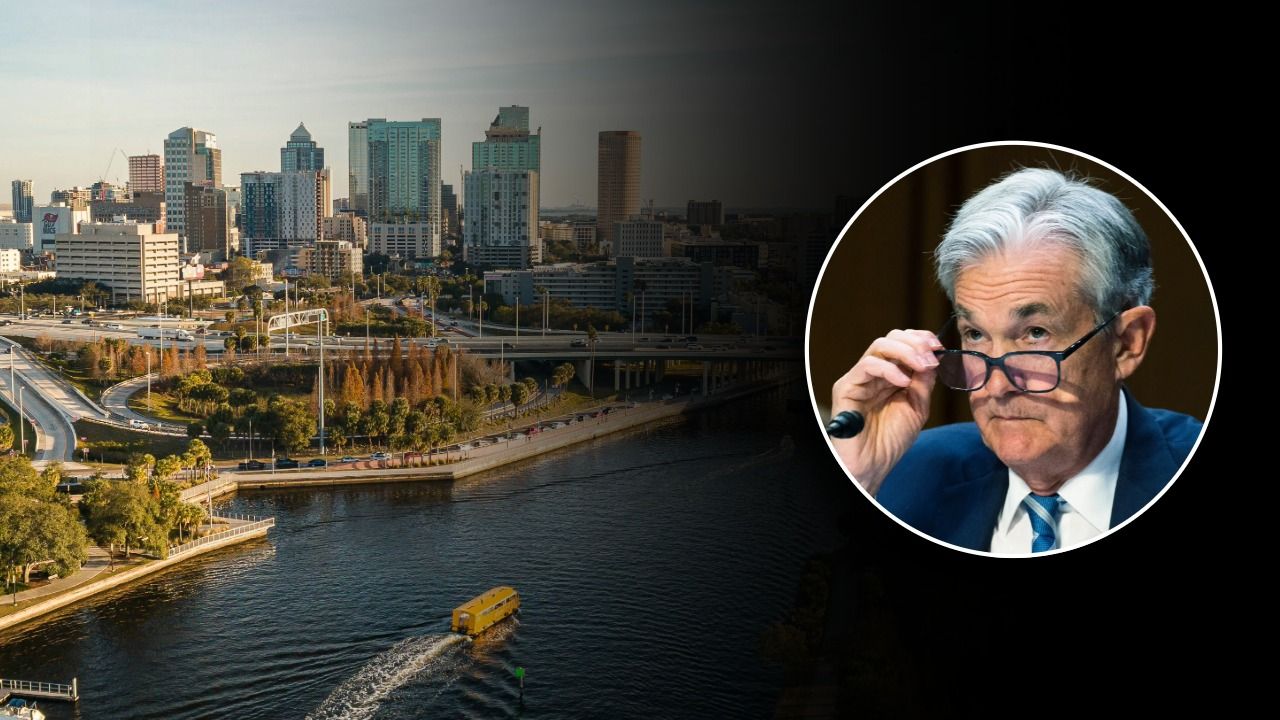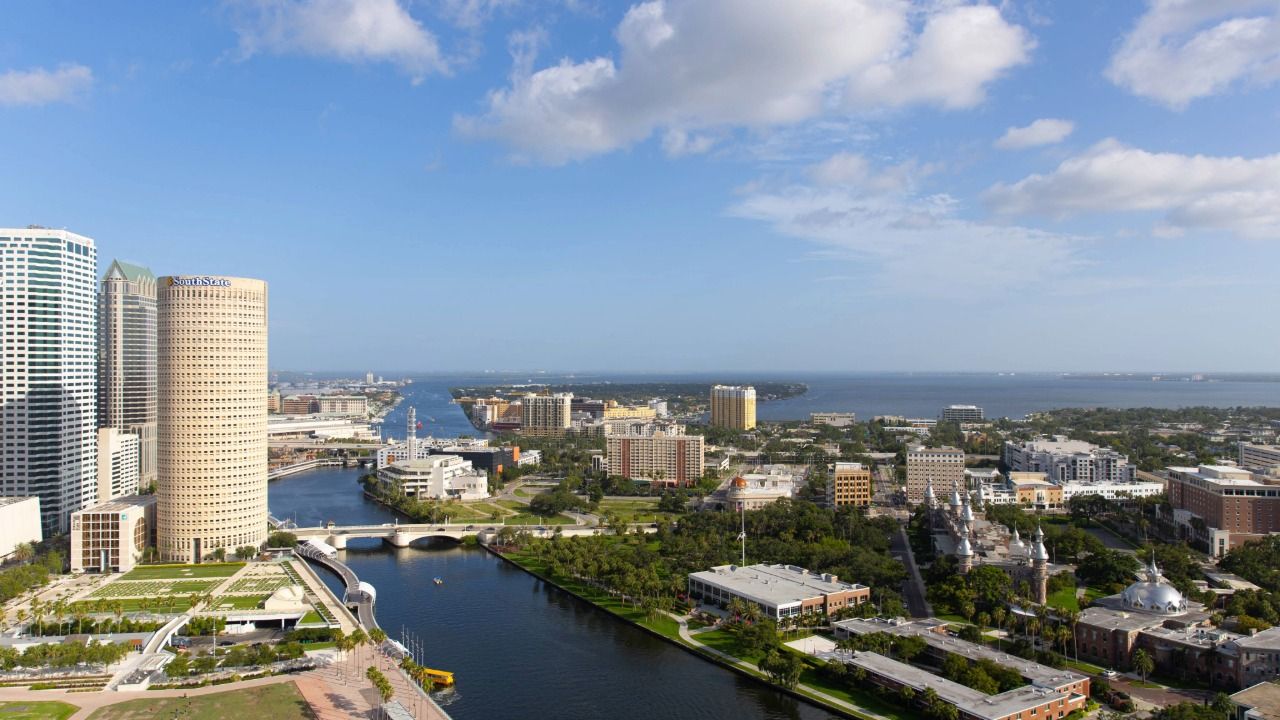The Bank of Tampa announced a significant change in its executive leadership in January, but the bank had been planting the seeds for succession long before the announcement hit the public.
T. Corey Neil, a 19-year banking veteran at The Bank of Tampa, was named president and chief executive officer, with Bill West, previous CEO, remaining on in his role as CEO at the Tampa Bay Banking Co., the bank’s holding company.
Neil joined the Bank of Tampa in 2003 and has served in various leadership roles during his tenure. Most recently, he served as president and chief operating officer and previously, he served as chief banking officer.
He serves as the vice chairman of the board for Tampa General Hospital Foundation and is on the board for the Hillsborough Education Foundation and the University Club of Tampa.
Tampa Bay Business and Wealth spoke to him about the transition to CEO and leadership development within the bank.
Moving from your previous role into your new role, what has that transition been like for you?
Well, truthfully, in the day-to-day, it hasn’t been a significant change of what my responsibilities were. Those have continued. What I am feeling is a difference now that before people who wanted my opinion, now they want my decision.
Is that producing some challenges for you? How are you managing that shift in responsibility?
Great question. I’m certainly comfortable with it, but admit that it is a muscle that I need to exercise. I think that after having been such a collaborative leader, and participant, in the collaborative process that was so comfortable to me that I wanted to maintain that collaboration and yet, need to be the one that ultimately makes the decision on how we proceed. It’s a muscle that I have, but one that needs to be worked out.
Transitions in leadership are a big deal over at The Bank of Tampa. What is the process at the bank for making changes in the c-level offices?
I’d say the past does, in fact, kind of predict the future in our case. It’s a mentality of stability, consistent predictability, that we believe in and it’s how we do our business, not just how we transition leadership. That’s why it feels so comfortable.
We have plans that have been in place for years. I think that over the last couple of years, some plans have become a little clearer when I had the opportunity to be promoted to president. The timing was the only thing that was uncertain.
There is nothing abrupt about this. It is very much a part of a methodical plan. The bank’s primary purpose is to maintain the culture, maintain the reputation and maintain the stability of our organization, overall. We don’t like surprises around here.
The bank’s approach seems to be very methodical and pragmatic, is that unique for a bank?
I think you’re spot-on. We have a board that supports the investment in our future with such a long-range vision that we can afford to make plans like this and make plans like this for years and years.
The bank has invested in me significantly over not just the last 5 to 7 years, while we’ve been looking at executive succession, but over the last 19 years that I’ve been here, to develop me as a leader, period. That was evident from day one when I joined.
When you have that kind of long-range vision you’re afforded the ability to be very, and I love your word, pragmatic about how you approach anything—most important, leadership succession.
You’ve gone through leadership development outside of the bank but I also know that Bank of Tampa is really big on leadership development within its organization. Can you speak a little bit about that and why you think that’s so important?
I’ll speak first about my own experience. One of the reasons I came [to Bank of Tampa], 19 years ago, was the first conversation that I had with Bill West [most recent CEO] and Gerald Divers, our founder, the minute that they started talking to me about joining the organization, and I was 29 years old at the time. It was immediately not necessarily about how do we develop you to be a better banker, but it was how do we invest in you to learn how to be a leader in a bank?
We’re a private company that happens to be a bank and the private company concept is what’s important here. It’s regardless of what our skill set is, or our trade is, we’re trying to invest in, and develop, people to run our organization.
The first thing that the bank offered me was the opportunity to go to graduate banking school. And, while that had some pieces of the puzzle to running a bank, it was also about being a leader, running an organization and understanding the various components of a bank, not the various components of being a banker.
We play the long game here. And by doing so, we make the investment in people that we want to be here for the next 10 to 20 years.
What advice would you give to the 29-year-old future would-be bank professional?
Find leadership that you trust and are inspired to follow and commit to, in the long term. Don’t chase the flashy brass ring that might be thrown in front of you at any given time. Playing the long game pays off. All you have to do is find the right organization and the right leadership to allow it to happen. ♦

